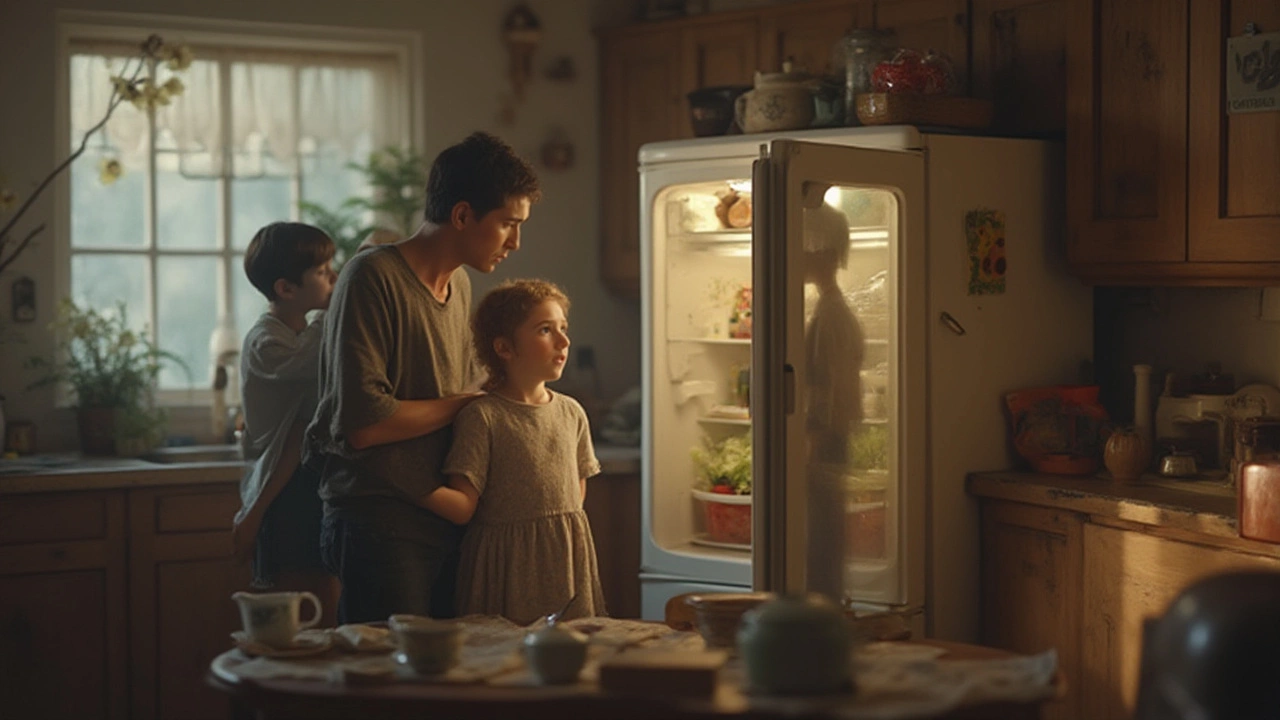Fridge Not Cooling? Simple Steps to Get It Cold Again
When your fridge stops keeping things cold, you feel the panic right away. Food starts to spoil, and you wonder if you need a costly repair. Before you dial a technician, try these easy checks. Most of the time, the problem is something you can fix in under an hour.
1. Check the basics first
Open the door and look inside. Is the temperature dial set to the right level? Many people leave it on "off" or on a low setting by mistake. Turn it up a notch and give the fridge a few minutes to respond.
Next, make sure the fridge is plugged in firmly and the outlet works. Plug another appliance into the same socket to confirm power. If the outlet is dead, reset the breaker or call an electrician.
Look at the door seals. A cracked or dirty seal lets warm air sneak in, making the compressor work harder and sometimes shut down. Run a finger around the edge – if you feel air, wipe the seal with warm soapy water or replace it if it’s damaged.
2. Clean the coils and vents
Dusty condenser coils are a common reason a fridge stops cooling. The coils are usually at the back or beneath the unit. Unplug the fridge, pull it away from the wall, and use a vacuum brush or a coil cleaning brush to remove dust. Clean vents inside the fridge as well; blocked airflow can cause the motor to overheat and stop.
While you have the fridge pulled out, check the evaporator fan. If you hear it humming but not spinning, it may be jammed. Gently clear any debris and spin the fan blade by hand. If it still won’t turn, the motor might need replacement – that’s a job for a pro.
After cleaning, plug the fridge back in and set the temperature. It can take a few hours to reach the proper cold level, so be patient and keep the door closed.
3. Know when to call a professional
If the fridge is still not cooling after these steps, it’s time to get help. Look for these warning signs:
- Frost is building up inside the freezer section – could be a defrost timer issue.
- Water is leaking onto the floor – might be a blocked drain or a broken water line.
- Strange noises that don’t stop after cleaning the fan – could point to a compressor problem.
- Temperature stays above 40°F (4°C) for hours – the thermostat or control board may be faulty.
Glastonbury Appliance Repair Services can diagnose the exact fault quickly. Their technicians know local models and use the right tools, so you avoid a DIY mistake that could cost more later.
In summary, start with the easy checks: temperature setting, power, door seals, and clean coils. If those don’t work, watch for frost, leaks, or odd sounds. When any of those appear, call a trusted repair service to keep your food safe and your fridge humming smoothly.

Fridge Compressor Failure: Signs, Fixes & When to Replace
Learn the real signs of a failing fridge compressor, get practical diagnostic tips, and know when to repair or replace your refrigerator for good.